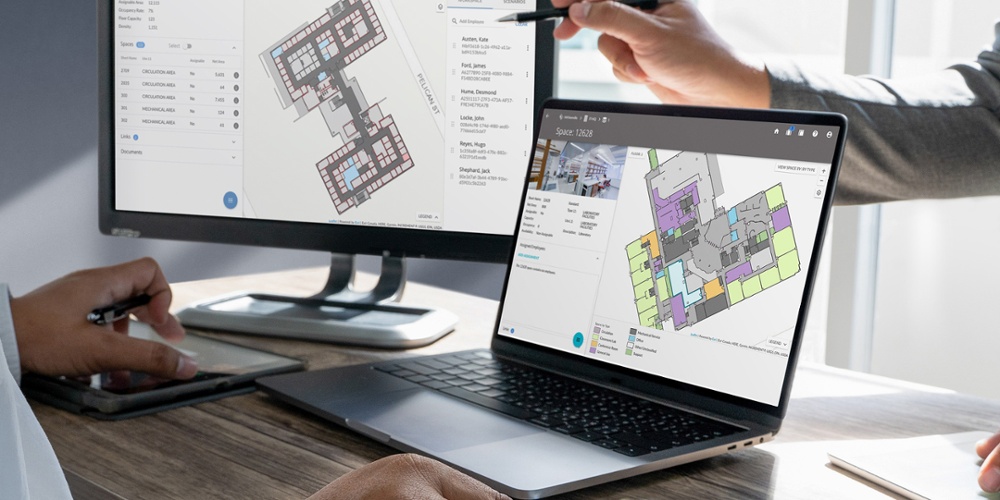Back to Work and School: Space Planning in a Covid-19 World
Top 7 Post-Pandemic Space Planning Concerns
As states continue to transition from sheltering in place to reopening—some pausing or even reversing plans to reopen—communities are traversing yet another learning curve. How will we accommodate health and safety guidelines in our facilities and office buildings? How will colleges and universities safely welcome students back to campus? What will the “new normal” look like in terms of space planning and facility management?
There is no playbook for this because we’ve never done anything like this before. Guidance varies from state to state, organization to organization—which means we are all learning as we go. I’m a believer that, in most cases, two heads are better than one. So, I propose that we solve this problem together.
Here are the top 7 concerns we’re seeing and hearing related to post-pandemic space planning.
- Since the CDC recommends maintaining a minimum 6-foot distance in the workplace, there’s a need to model and understand new space capacity issues. Depending on the space your organization uses, initial estimates show these recommendations could reduce your available capacity by 50-70 percent. Do you have the space to accommodate that shift? What needs to be rearranged to do so?
- In addition to regulating space capacity, space planners are also thinking about the need to protect people with underlying conditions, or anyone who may be more at risk of infection. What additional processes will you put in place to provide the extra protection these customers, students, visitors, and colleagues require? How will you protect those in front-line positions like customer service representatives?
- Your organization’s cleaning guidelines are about to level up. What will this mean for your janitorial schedule and protocols? How are you documenting your janitorial practices to convey confidence to your occupants and to protect yourself from future litigation?
- Restricted Access.Some businesses and agencies need to restrict access or require personal protective equipment within certain zones of their buildings. How will you monitor and enforce that? How will you communicate these new expectations to your residents and visitors?
- Building Alterations.To continue to reduce the spread of the virus, many teams will need to install building alterations like new sanitation stations, motion sensitive lighting, protective shields for customer service stations, and additional signage. Where should they be located and how will you maintain them once installed? How are you managing the planning for these alterations and the work required to install them?
- Circulation Controls.To help enforce the new use of space, you may also need to install barriers and floor signage to control circulation patterns within the facility. Again, where should they be located and how will you maintain them once installed? How are you managing and reporting on the work required for their installation?
- You will need to communicate all these planned changes to anyone who may need access to your facilities. This may require new signage and web tools that help your facilities users understand the new rules of the road related to facilities use.
In conclusion, whether you’re managing space for a city, a campus, or a commercial entity, it’s likely that you’re thinking about these space planning and facilities operations issues. The good news is that you’re not alone and we’re here to help. What other issues are you facing related to space management and facilities operations? Connect with me at [email protected] and let’s continue the conversation.
Brought to you by:





















